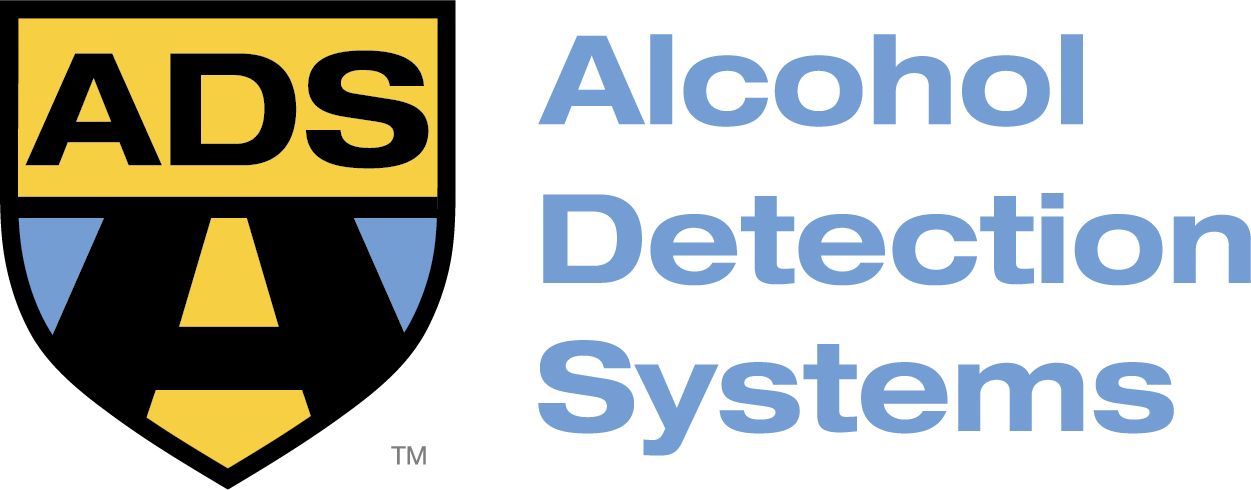
Alaska State Laws and IID Requirements
In Alaska, the terminology for drunk driving offenses is OUI, or operating under the influence. Some of these offenders may be able to get their license back or regain driving privileges during the suspension period if they install an ignition interlock device.
Ignition Interlock Guide for Alaska
Alaska has strict OUI laws, and even first offenders will have their license suspended following an OUI incident. The legal BAC (blood alcohol content) limit in the state of Alaska is .08 percent, and offenders found to be at or above that limit while driving risk conviction. Some offenders who have their license suspended may be eligible to regain driving privileges if they meet certain criteria, including installing an ignition interlock device (IID) from an approved provider.
What Are the Penalties for an OUI in Alaska?
First OUI Offense
- A minimum of 72 hours to one year in jail
- Fines of $1,500 to $25,000
- License suspended for 90 days
- Must install and use an ignition interlock device for six months
Second OUI Offense
- A minimum of 20 days to one year in jail
- Fines of $3,000 to $25,000
- License suspended for one year
- Must install and use IID for 12 months
Third OUI Offense
- Minimum of 60 days to one year in jail
- Fines of $4,000 to $25,000
- License suspended for three years
- Must install and use an ignition interlock for 18 months
What Happens if I Fail to Complete or Refuse to Submit to an OUI Test in Alaska?
There are still penalties for offenders who refuse to take the BAC test when arrested. Even if the BAC levels are not taken, the offender can still have their license suspended immediately and may even face additional penalties for refusing the test.
How Can I Regain Driving Privileges in Alaska?
Alaska does allow some offenders to regain driving privileges, even during the suspension period. Typically, offenders are required to serve a set portion of the suspension, and then if eligible, they can apply for an interlock license. The interlock license will allow them to drive as long as they install an ignition interlock device from an approved provider, along with other criteria. Other criteria they must meet includes:
- Show proof of installation of an interlock from an approved provider
- Complete community service requirements
- Serve a set portion of the suspension period
- Complete or enroll in addiction treatment if required
- Pay any license fees or fines related to the offense
- Submit an application for an interlock license with the DMB
- Follow the interlock policy and remain compliant with IID requirements during their suspension term
Additional criteria may need to be fulfilled if determined by the court or the circumstances of the offense.
ADS Interlock Devices in AK
The monitoring authority for limited license holders in Alaska is the Department of Motor Vehicles. The DMV receives reports of all violations for all required interlock users in the state (voluntary users are not monitored). The IID must be installed by an approved provider like ADS because the monitoring authority works with providers to monitor offenders.
What Is an Ignition Interlock Device?
Often ignition interlock devices are also called car breathalyzers because they operate similarly to a breathalyzer used by law enforcement. This is how they work:
- After the device is installed, interlock users will need to pass a breath alcohol content (BrAC) before they can start the car. If they fail, they will have to wait until passing to start their trip
- The device will also request random retests during most trips, to help ensure continuous sobriety
How Long is an AK Interlock Device Required?
The devices are required by law, and the length of time an IID is required depends on past OUI convictions or refusals to take a BAC test. There are minimum interlock sentencing guidelines, but the court has the discretion to lengthen the term if they deem it necessary.
The Cost of Interlock Devices in AK
Alaska requires offenders to cover the cost of their own devices. ADS offers flexible payment options and allows offenders to pay online or via the app. Typically the devices cost $2.50 and $3.50 per day.
Readers of this website should contact their attorney to obtain advice with respect to any particular legal matter. Only your individual attorney can provide assurances that the information contained herein – and your interpretation of it – is applicable or appropriate to your particular situation.

